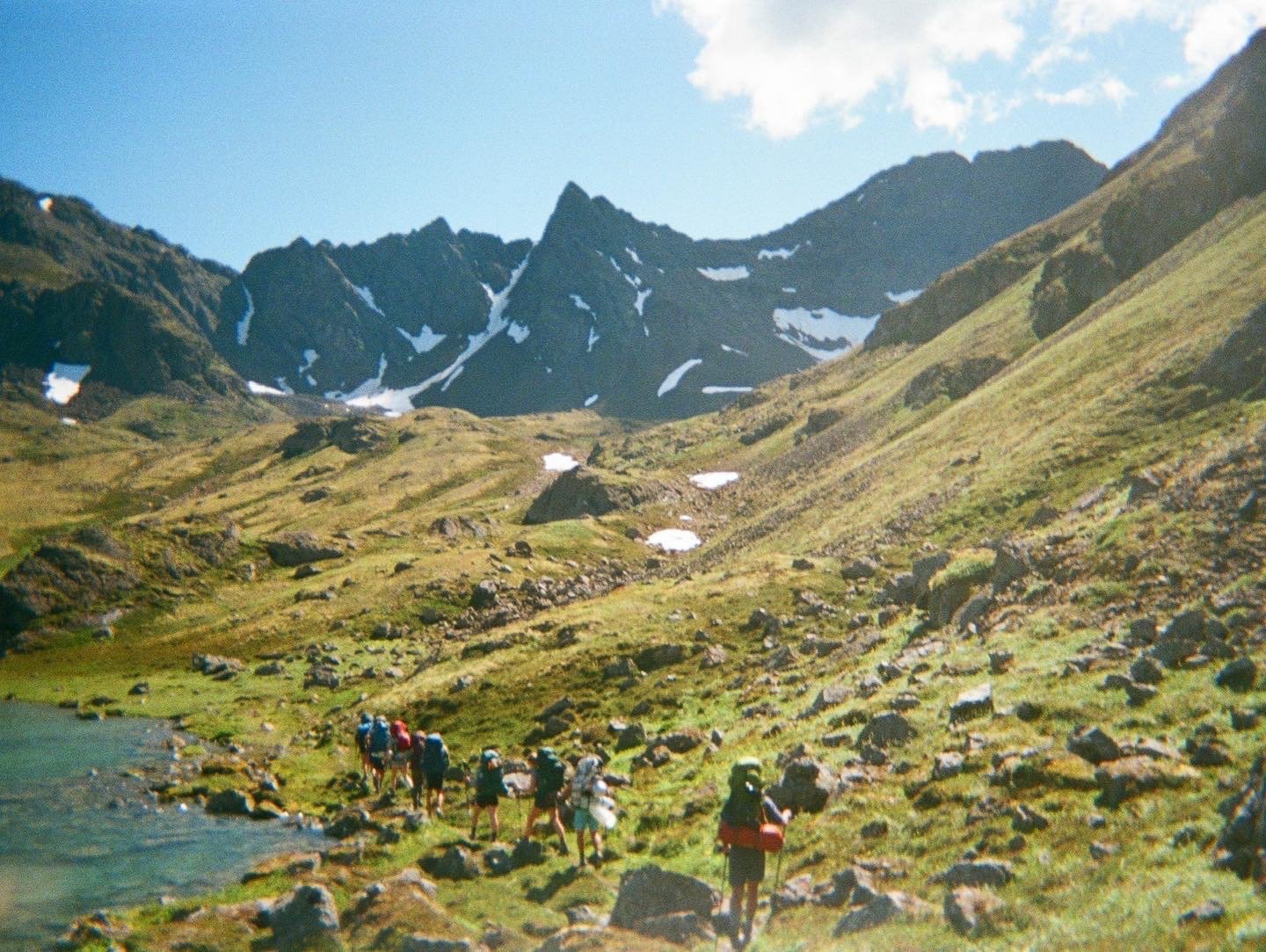Finding Myself After PANS/PANDAS
For most of my childhood, it felt like I was living with a monster within me; I knew it was there, I just couldn’t see it. It wasn’t until I was sixteen years old that I found out the cause for the turmoil I experienced most of my life: undiagnosed PANS/PANDAS.
In elementary school, I clawed through days filled with headaches, brain fog, and focus difficulties, struggling with basic tasks like drawing shapes and throwing a ball around at recess. My writing fell in slanted lines across the page, and no matter how many times I rewrote each letter, the final product still ended up warped. Lights were so bright they made my head spin—music, a cacophony I couldn’t understand anyone ever wanting to listen to. Despite being gifted in math from an early age, I inexplicably dropped out of the advanced section of my class, my ability to grasp shapes and visual representations of numbers quickly slipping. I couldn’t make sense of how to orient the dishes in my family's dishwasher, walk around in my neighborhood without indulging in OCD compulsions, or get any sleep at night due to the paralyzing fear of our house burning down. Each day was a marathon, and each night felt like reliving the pain of the last few miles all over again.
My parents took me to countless doctors, but I still couldn’t find an answer. I began attributing much of these strange symptoms to one diagnosis I received, Generalized Anxiety Disorder, because it was easier than confronting the fact that there was so much I didn’t know and would never “get” about myself. One day, I was fine; the next, lethargic, paranoid, or destructive. The invisible monster I was battling constantly changed form and I could never predict the moment when any good day would turn sour. This lack of control over myself and my own life was not only debilitating, but terrifying, heartbreaking, and traumatic.
As I grew older, I thought the symptoms would slowly fade away, that it was just some weird phase of life that was especially difficult for me. I adapted and could barely recognize my struggles as symptoms at all—yes, focusing in school was immensely difficult, but I could easily get straight A’s, so why was I complaining? OCD became practical; after all my compulsions over the years, our house had never burned down and no family member had become seriously injured. (I guess it worked!)
But then the fatigue grew worse than ever before, and I had no choice but to face the truth of how sick I was. I missed day after day of school, grew frightened by the world outside my house, and even became suicidal, something unthinkable to the old me who had always had an unshakeable joy for life. After one week of a three-week backpacking trip to Alaska in early high school, I flew home early, too dizzy and lightheaded to walk, too anxious to breathe, and too physically weak to carry the weight of my backpack.
After yet another visit to the doctor, I finally had an explanation for the pain of the past sixteen years—I wasn’t a horrible person, my brain was just sick. When I got my PANS/PANDAS diagnosis, I was overjoyed: all these years, the blind hope I had clung to was worthwhile. After more than five misdiagnoses, I was relieved to learn the truth of why I was sick, thrilled by the prospect that the whole rest of my life could be so much better than this.
To make matters worse—or better, I guess—I found out at the same time that the walls of my family’s house were infested with mold. Because of COVID lockdown and time spent staying inside the house due to smoke from the Northern California wildfires, my family and I had been thoroughly exposed to the toxic effects of mold. It’s hard to know if the mold triggered the PANS/PANDAS, or if the PANS/PANDAS compounded the effects of the mold on me; either way while the rest of my family was mostly fine, I was debilitated beyond belief.
I began recovery immediately, taking medicine to battle the mold alongside antibiotic treatment for PANS/PANDAS. After six months, I could already see my symptoms abating: by midway through my junior year, school was easier, life started to go back to “normal,” and many of the compulsions I couldn’t imagine life without began to simply fade away. Because PANS/PANDAS had shaped so much of my childhood, a year after recovery, I barely knew who I was.
Now, high school came easier than ever before, even with my course load more rigorous than ever. More than that, I was happy, each and every day—something that a few months prior, I would have never thought possible. I jumped into life: building friendships, joining countless activities, reconnecting with family, looking around at the flowers on simple walks around my neighborhood. I backpacked for six weeks over the summer, coming back to Alaska to hike at the front of the line with an ease I never thought possible. I found the joy in playing loud music in my car, learned how to ski, loaded the dishwasher perfectly.
When I look back through the clouded memories I have of living with PANS/PANDAS, I barely comprehend the person who lived that life; I truly struggle to recognize the “me” in all of it. I find it incompatible to piece those two same, strikingly different versions of myself together—how “you” can you really be when an inflammatory brain disease has stolen every aspect of yourself away?
If it weren’t for my PANS/PANDAS diagnosis, treatment, and recovery, I would never have known that it was possible to find, recover, and grow into the happy person I had always yearned to be. Without PANS/PANDAS-aware doctors like the ones I eventually found and organizations like the JBC Foundation, I would never have known just how worthwhile my hope was.



